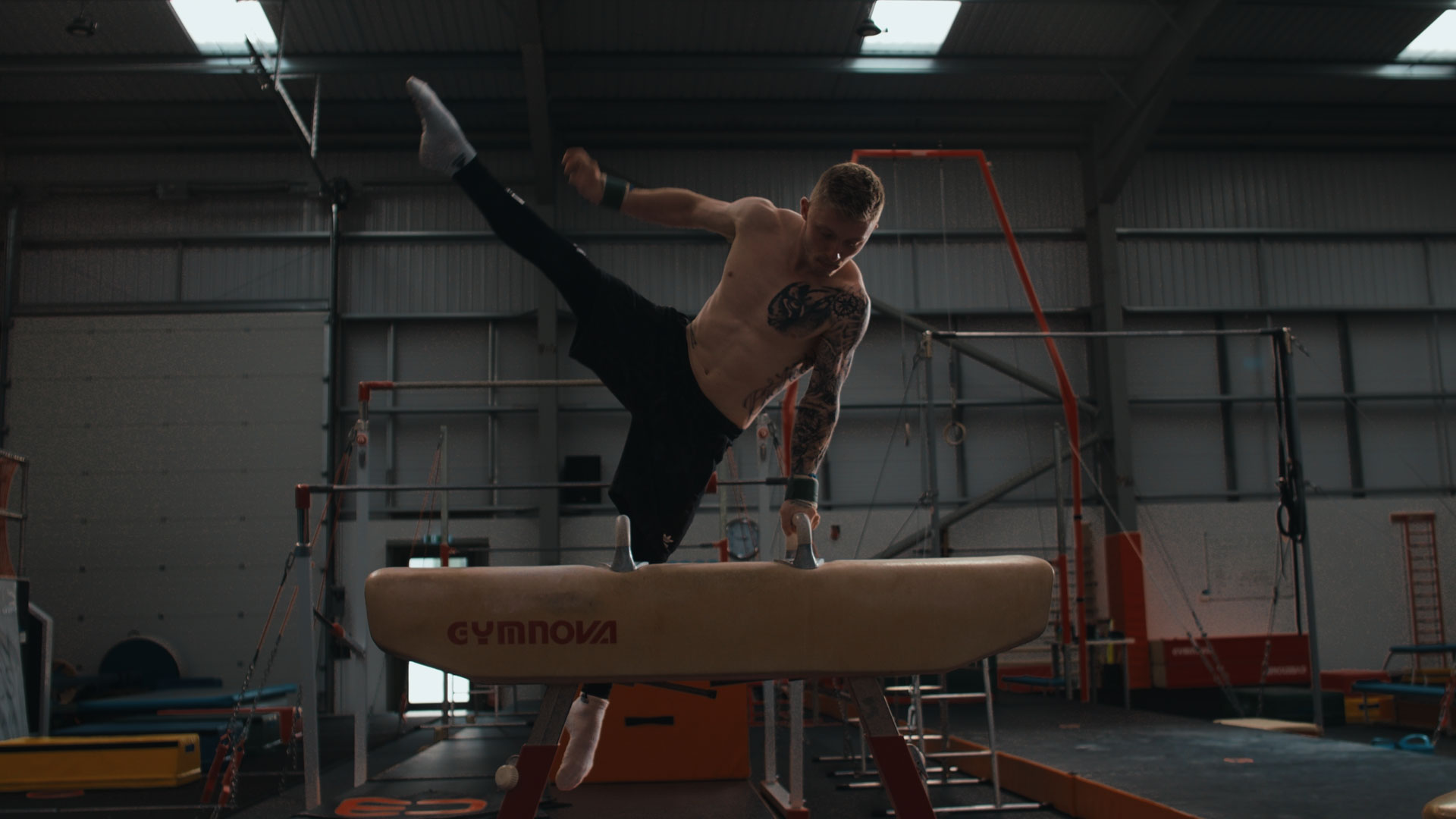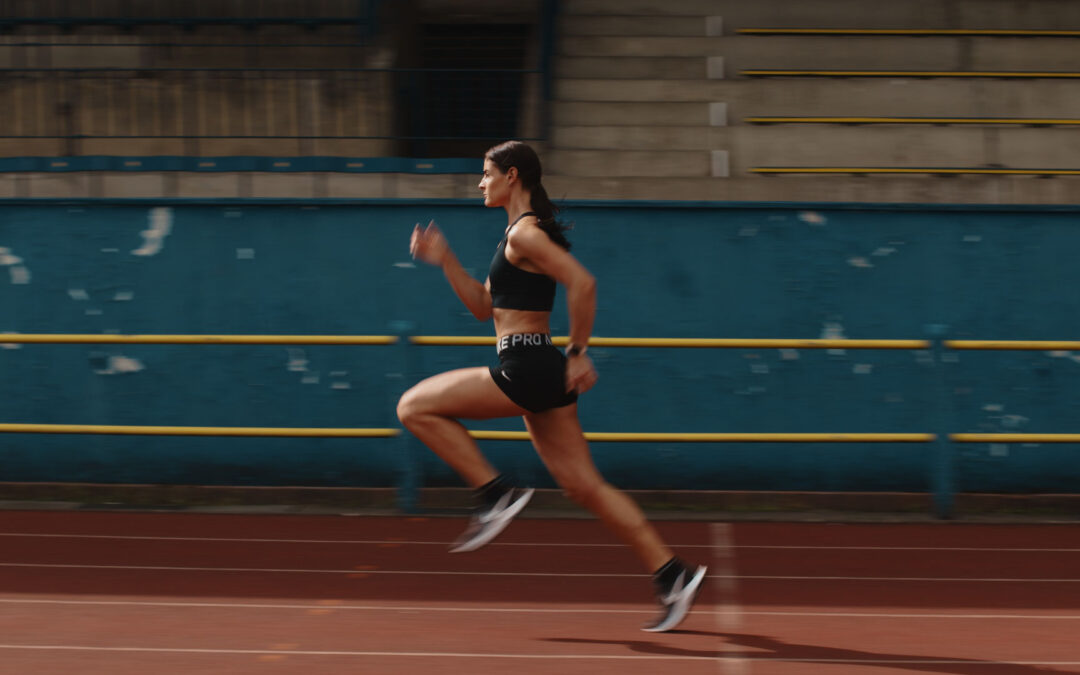Cold Therapy After Exercise and Training can Greatly Improve Performance
As scientific understanding of biological processes associated with exercise increases, so do the competitive demands of different sports. No longer can sports-involved individuals rely on random or unscientific methods of optimizing performance.
What defines a driven individual – be it a sportsman, an entrepreneur, or a teacher – more than the need to constantly test and improve their limits? Any successful project or career undertaken by such people is marked by full mental commitment, careful planning of ways to achieve desired results, and finally, the physical execution of all of these concepts.
In athletic activities, rigorous training, fitness, and conditioning, nutrition, and lifestyle efforts are some of the most recognized aspects that drive success and performance. There is yet another performance-enhancing technique that modern sports science is focusing on in recent years.
To improve performance, cold therapy, including post-workout cold water immersion or cold showers with water temperatures of 20 °C or lower, is now considered to be a vital and revolutionary tool for athletes. 1
Evidence for the Use of Cold Therapy to Improve Performance
Brazilian Jiu-jitsu is a combat sport and martial art form that relies heavily on specialized techniques and good muscle coordination. A study tested the use of cold therapy as a recovery method for Brazilian Jiu-jitsu practitioners and found it to be significantly better than passive recovery (simple rest) in terms of improving performance. The study quantified this improvement by measuring maximal handgrip strength before and after recovery. 2
Similarly, another study found cold water therapy to be an effective method of sustaining repeat cycling performance. The beneficial effects may be linked to limb blood flow as well as core body temperatures. 3
We’ve all experienced the reality of incapacitating muscle aches and soreness that come after a thrilling soccer match. A 2010 study tested the use of cryotherapy in trying to alleviate some of these post-exercise nuisances by periodically measuring markers for muscle damage and function before, during, and after a soccer match. The study’s findings were in favor of the use of post-workout cold immersion to achieve an immediate and delayed reduction in pain, soreness, and recovery time. 4
Cold therapy is thought to bring about these changes by cooling muscle tissue and constricting leaky/damaged vessels, as well as reducing blood flow, swelling, and pain sensation within an injured muscle. 5
Pushing Through Pain and Discomfort for the Greater Good
Stage competitions and tournaments are the highlights of an athlete’s life. They are what most of the world witnesses of their career. Training sessions and recovery regimens are, however, no less important, as these are the habits that allow their true potential to emerge; an important, if unglamorous, part of being an athlete that goes on behind closed doors in gyms, away from the sight of spectators and fans.
But training for sports primarily entails a lot of pain and discomfort. In order to achieve their goals with regards to exercise and training, athletic people take on challenges and training loads that test their mental and physical capacities almost to the breaking point. One’s goals can range from a personal desire to increase strength, fitness, or muscle definition to a professional need to make waves on national or international athletic platforms.
In between high-intensity training sessions, athletes have to maintain muscle and performance recovery routines. This ensures that their bodies are kept in shape as opposed to being overused, injured, or neglected when they’re not performing. Recovery is an integral part of your success as a sportsman. In order to truly succeed, recovery habits need to be adapted to the best protocols, standards, and techniques out there.
Here, cold water therapy continues to be one of the most promising methods.
Think about it. Athletes have used the practice of cold hydrotherapy for ages, based on mere intuition. Trainers, coaches, and sports physicians continue to encourage these practices as they show sustained benefits in preventing damage, injury, pain, and performances. Now, there is proper research exploring how to fine-tune the exact length, frequency, and intensity of cold therapy and cold showers – or CryoShowers – to help sports individuals deliver their best performance, break previously-held records, and more.
The Philosophy of Marginal Gains
There’s a popular saying, “No pain, no gain.”
What if we told you that the opposite is also true?
For every possible pain or discomfort, you put yourself through; you will see a return on investment – or ‘gain.’ It may not be immediately perceptible, but given time, you will see results.
This very ‘marginal gains’ approach to enhancing performance was effectively and popularly used by the performance director of British Cycling, Dave Brailsford, when he set out to overhaul Great Britain’s cycling team. He succeeded in taking it from being one of the worst-ranking teams to being a gold-medal-winning one.
Basically, according to Brailsford, if you improved every tiny and overlooked aspect of working towards your desired goal by just 1%, the sum of those small improvements would end up being significant enough to put you on the path to success and even be the number 1 in your field.
“They’re tiny things, but if you clump them together, it makes a big difference.”
From training strategies, diet improvements, equipment quality, health practices, and recovery regimens, everything can play a role in pushing you to give your best performance.
As it happens, habitual CryoShowers represent an economical, easy, sustainable, and a largely risk-free untapped means of reducing recovery times and improving performance. If not immediately, then surely over time – the benefits will keep on aggregating.

The Benefits of Cold Showers Go Beyond Improved Recovery and Performance
Not only is cold therapy just one facet of an athlete’s vast training program, the benefits of cold therapy are itself multi-dimensional. CryoShowers have documented effects on mood, mental clarity and alertness, circulation, and mental health, and these effects can show an additive benefit in enhancing performance. Moreover, they represent a well-rounded and holistic health therapy truly grounded in the philosophy of marginal gains.
Resilience: People who are in the habit of taking cold showers swear by the positively electrifying effect they can have on the brain by activating your sympathetic nervous system first thing in the morning. 6 Let’s just say that conquering a freezing cold shower in the morning makes you feel like you can do anything in the hours to follow.
Mental Health: Depression is another ailment that has shown improvement with taking regular cold showers in studies. 6 The psychological toll of doing high-intensity sports can sometimes overwhelm the most well-adjusted of individuals. Coldwater showers can take care of any mood instabilities and provide you with a fresher and stress-free outlook on life.
Cardiovascular Health: Optimal functioning of the circulatory system is paramount for athletes. Research has suggested that the effects of a CryoShower can train the circulatory system to be better and healthier over time. 7,8
Immunity: Cold showers increase the body’s metabolic rate, which in turn activates white blood cells, the backbone of our immune machinery. 9 No one wants inconvenient flus or colds to interrupt their sports season. Bulking up on immunity is just another indirect way of ensuring excellent performance throughout the year.
All in all, if you’re looking for a recovery strategy that promotes improved physical and mental performance, cold therapy is the way to go.
REFERENCES
- Versey, N. G., Halson, S. L., & Dawson, B. T. (2013). Water immersion recovery for athletes: effect on exercise performance and practical recommendations. Sports medicine, 43(11), 1101-1130.
- de Araújo, L. F., da Silva, D. F., Peserico, C. S., & Machado, F. A. (2017). Effects of LED therapy and cryotherapy recovery methods on maximal isometric handgrip strength and blood lactate removal in Brazilian Jiu-Jitsu (BJJ) practitioners. Science & Sports, 32(6), 376-380.
- Vaile, J., O’Hagan, C., Stefanovic, B., Walker, M., Gill, N., & Askew, C. D. (2011). Effect of cold water immersion on repeated cycling performance and limb blood flow. British journal of sports medicine, 45(10), 825-829.
- Ascensão, A., Leite, M., Rebelo, A. N., Magalhäes, S., & Magalhäes, J. (2010). Effects of cold water immersion on the recovery of physical performance and muscle damage following a one-off soccer match. Journal of sports sciences.
- White, G. E., & Wells, G. D. (2013). Cold-water immersion and other forms of cryotherapy: physiological changes potentially affecting recovery from high-intensity exercise. Extreme physiology & medicine, 2(1), 26.
- Shevchuk, N. A. (2008). Adapted cold shower as a potential treatment for depression. Medical hypotheses, 70(5), 995-1001.
- Stanley, J., Buchheit, M., & Peake, J. M. (2012). The effect of post-exercise hydrotherapy on subsequent exercise performance and heart rate variability. European journal of applied physiology, 112(3), 951-961.
- Higgins, T. R., Greene, D. A., & Baker, M. K. (2017). Effects of cold water immersion and contrast water therapy for recovery from team sport: a systematic review and meta-analysis. The Journal of Strength & Conditioning Research, 31(5), 1443-1460.
Buijze, G. A., Sierevelt, I. N., van der Heijden, B. C., Dijkgraaf, M. G., & Frings-Dresen, M. H. (2016). The effect of cold showering on health and work: A randomized controlled trial. PloS one, 11(9), e016


Recent Comments